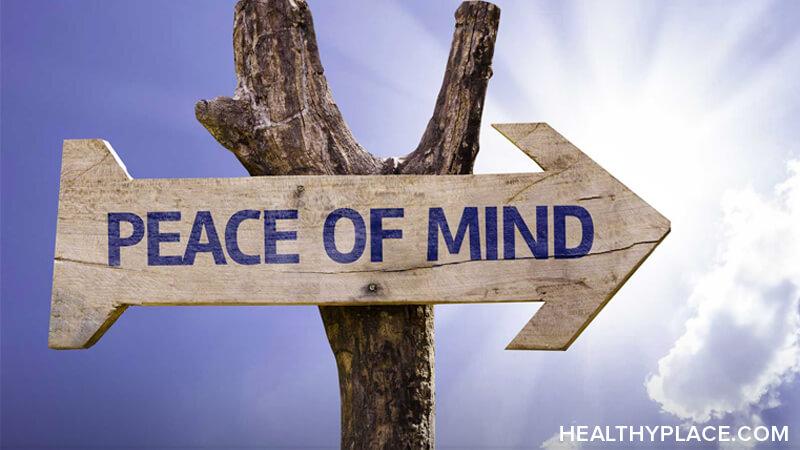Mindfulness-Based Stress Reduction (MBSR) for Anxiety Treatment

Mindfulness-based stress reduction, or MBSR, for anxiety is much more than just a long, official-sounding, somewhat intimidating name. MBSR is an accessible process that helps people of all ages, beliefs, and backgrounds turn stress and struggles like anxiety into positive change for their lives. Developed by Jon Kabat-Zinn in 1979, MBSR is a program that uses mindfulness to enhance wellbeing. In doing that, MBSR reduces stress and anxiety when they interfere in your life. Whether or not you participate in a formal program, you can use MBSR to rein in your anxiety and stress.
What Good Does MBSR Do for Anxiety?
MBSR is a mental wellness program that targets both mind and body. It is part Zen Buddhism and part research, with the combination leading to stress and anxiety relief that you can feel.
MBSR isn’t a quick-fix for stress and anxiety, nor does it remove stressors and anxiety-provoking situations or people from your life. Engaging in an MBSR program does so much more for you than that. A WebMD article on MBSR explains, “Mindfulness teaches you to be in control of your mind so that your mind doesn’t control you.”1
Imagine the inner peace you’d create.
Anxiety responses can become automatic over time so that you react to your anxiety triggers without thinking. When you practice MBSR, either on your own or as part of a group, you raise your awareness of automatic reactions to people, situations, etc.
MBSR helps us create distance between an anxiety trigger and our automatic anxious reaction. It is in this space that we can breathe, relax, and be mindful of the present moment. The more time we spend in the calm space, the more mindfulness becomes our automatic reaction to triggers that increase anxiety and stress.
Stress and anxiety symptoms that are reduced by MBSR anxiety treatment include, but aren’t limited to:
- Feeling overwhelmed
- Irritability and/or frustration
- Excessive worry or fear
- Difficulty concentrating
- Racing thoughts
- Muscle tension
- Chest pain
- Rapid heart rate
- Headaches
- insomnia
Anxiety and stress are present in our lives, but we don’t have to give in to them or let them control our thoughts, feelings, and actions. MBSR teaches how to wriggle out of anxiety’s control.
Components of MBSR Create an Effective Anxiety Treatment
Research supports MBSR as an effective anxiety treatment. One study showed that mindfulness increases self-esteem and decreases anxiety and depression.2
As we progress through this positive anxiety treatment, we create peace and calm from within. Rather than struggling with external and internal triggers, we find peace in the moment and calm strength to choose to act instead of react.
MBSR doesn’t have to replace your existing anxiety treatment and management tools. Think of it as a strategy that is added to your regiment and to your actions. To treat anxiety and reduce stress, MBSR uses the following:
- Focussing on mindfulness (paying attention to what your senses are experiencing)
- Being aware of mindfulness (neutrally watching your inner experiences and consciousness without judging; randomly choosing one to concentrate on then let go)
- Mindfulness meditation (sitting in meditation and using mindfulness to hone your attention to your growing inner calm)
- Yoga
To learn more about mindfulness, check out a list of some of the best books about mindfulness. 3
For MBSR-specific books, see this compilation of excellent books about MBSR. 4
When you treat your anxiety with an MBSR program, you’ll be engaging both mind and body to use mindfulness and yoga to change your focus. In time, you'll no longer react to stressors or experience constant anxiety. Instead, you'll have heightened awareness of yourself, your surroundings, and your thoughts. The focus you choose will be positive and calm.
Sources
1 Mindfulness-Based Stress Reduction—Topic Overview. (n.d.). WebMD.
2 Jennings, K. (2016, September 1). 16 simple ways to relieve stress and anxiety. Healthline.
3 Goldman, R. (2017, July 17). 17 Books That Shine a Light on Mindfulness. Healthline.
4 Mindfulness Meditation New York Collaborative. (n.d.) Recommended Books Related to MBSR.
APA Reference
Peterson, T.
(2017, October 18). Mindfulness-Based Stress Reduction (MBSR) for Anxiety Treatment, HealthyPlace. Retrieved
on 2025, December 3 from https://www.healthyplace.com/blogs/anxiety-schmanxiety/2017/10/mindfulness-based-stress-reduction-mbsr-for-anxiety-treatment